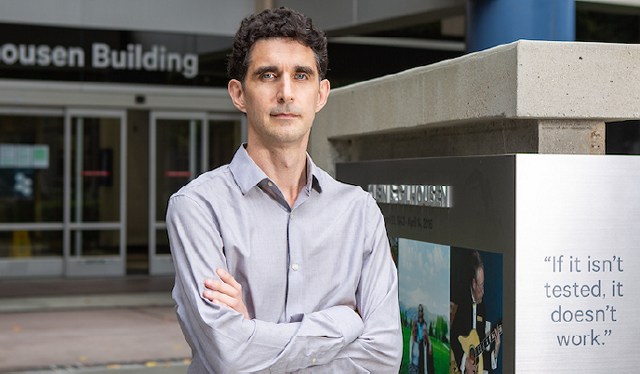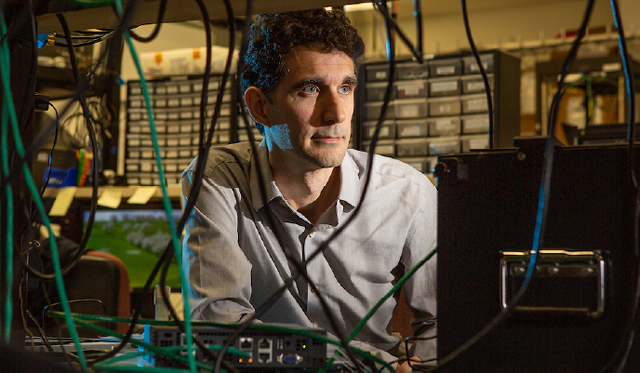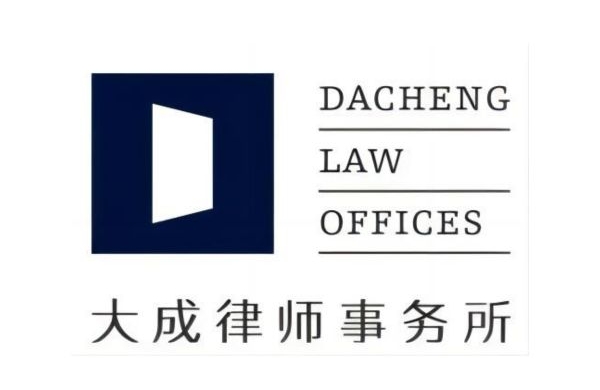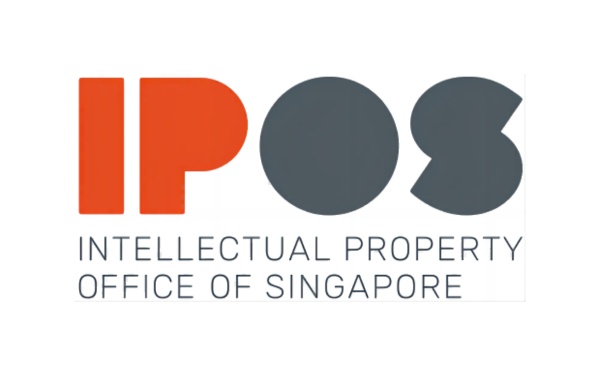Did not receive verification mail? Please confirm whether the mailbox is correct or not Re send mail

IPR Daily
- 2022-12-08 11:45:39
The Qualcomm Inventor Who Helped Make Wi-Fi Faster And More Efficient for High-traffic Networks

Dr. Simone Merlin, Principal Systems Engineer at Qualcomm Technologies, Inc.
Wi-Fi is one of the most important and widely used technologies of our time. It has transformed how we communicate and where we connect – turning homes, offices, coffee shops, stadiums, and countless other spaces into global hubs of connectivity and innovation. Wi-Fi is virtually everywhere, placing increasing demands on today’s networks to accommodate more people and more data. Higher traffic, coupled with an ever-growing demand for faster speeds and lower latency, form the basis of many of the problems solved by Qualcomm Technologies, Inc. Principal Systems Engineer in Research and Development, Dr. Simone Merlin. Through innovations in the medium access control (MAC) sublayer and physical layer of Wi-Fi networks, Simone has invented protocols and standardized methods for making these networks faster and more reliable for the world to connect, compute, and communicate wirelessly.
Simone grew up in Italy, completing both an M.S. and Ph.D. in telecommunications engineering at the University of Padua. Before finishing his Ph.D., he was also a visiting scholar at the University of Illinois working with wireless LAN technologies. He joined Qualcomm in 2007 and has been working to enhance Wi-Fi for the past 14 years as a systems engineer. More recently, he worked on various Wi-Fi technology prototypes along with the cutting-edge new area of RF sensing. Today, he continues working on 5G.
Critical inventions led by Simone within the MAC and physical layers of Wi-Fi networks have made an enormous impact on the efficiency, reliability, and speed of networks that are supporting an increasing number of devices. The MAC sublayer, part of an Open System Interconnection (OSI) model, is responsible for accurate transmissions across the available spectrum, ensuring different devices can use the same network. Optimized MAC operations enable high and smooth data traffic in networks with a large number of devices, leading to the incredible speeds and reliability we have today.
We sat down for a conversation with Simone to learn more about his inventions, inspirations for inventing, and how the process of designing, prototyping, and standardizing protocols works.
Did you always know you wanted to be an inventor or an engineer? How did you get interested in this type of work?
Yes, it was clear early on. As a kid I enjoyed building or breaking down things to see how they work, and I had a small ‘lab’ in the family garage. I was fascinated with electronics and later on by computers, and I chose a high school where they taught all of that, including telecommunications.
I think I got a lot of the engineering mindset from my father. He is very hands-on, and he always involved me in fixing, building, and creating things around the house. From my mother I learned that it is OK to make mistakes, which is fundamental for innovation. Another relative got me interested in electronics. Family matters.
When I was in high school, my family had some of the intercom devices that you plug into the wall and let you talk between different rooms. I broke them down and repurposed them to make two old computers talk to each other. That was fun. Later at university, I started learning how things really work through math and formulas.
What's the inspiration that drives you to continue tinkering and learning new things?
It goes back to the engineering mindset. It is satisfying and fun to keep learning new things and creating something new that is useful. Qualcomm is the perfect place for that, as I get the chance to work at the forefront of technology, with talented colleagues, and invent things that may get used by millions of people.
As for my tinkering at home, I have an excuse to keep doing it by teaching my children some hands-on tech; maybe something to do with smart toy cars down the line.

What were your motivations for creating new MAC protocols and the problems that you were trying to solve?
The basic idea was to make Wi-Fi better, faster, and more reliable, as well as support more use cases. As Wi-Fi gets more and more deployed, there will be a large number of Wi-Fi devices in the same area and you need to make sure they all work well with each other and that the throughput and reliability scale up. All of that requires a lot of changes in the MAC and in the physical layer protocols.
We try to think of changes to existing technologies or completely new technologies that would improve throughput, reliability, power consumption, or that would enable new use cases, and then design protocols and algorithms to support them. For example, we had lots of inventions around protocols to enable multi-user MIMO, which allows multiple devices to exchange data at the same time to improve network efficiency. Another, RF sensing, is not about data communication, but rather it enables Wi-Fi to ‘see’ what is happening in its surrounding environment, like RADAR, and that’s a completely new use case which requires new protocols.
We also work on building prototypes as a proof of concept; implementing ideas in real devices exposes many more unknown issues and allows you to come up with better and more practical ideas. Of course, we always try to look forward and think of patent ideas that may not be immediately implemented. Inevitably, they are implemented at some point, so we work very closely with the product team to make sure whatever we come up with is realistic.
Can you talk about what the collaboration process is like for developing new technologies?
Much of the design process happens during brainstorming sessions. Each individual team member has their own ideas, but many are created through brainstorming discussions with the entire team. Usually, we try to first define the fundamental problem and identify some high-level ideas that can bring solutions and benefits. This process can take time, as it is often not so clear.
One might think they know what the problem is, but the discussion is only about its consequences. You need to dig deeper to clearly define the fundamental problem that needs to be solved. Once we have a solid list of fundamental problems revolving around Wi-Fi that need to be improved, we start designing protocols to solve them and make things better. The process of collecting and refining these ideas is a team effort, where somebody might have an idea that is then reviewed by other team members, and so on.
For those ideas that are more promising, we evaluate them to determine if they indeed bring sizable benefits. In many cases, that involves thorough evaluation with simulations and, in some cases, prototyping.
Some protocols require standardization to enable interoperation across devices. Those protocols are discussed with other companies in a standardization forum like the IEEE. There, we discuss our proposals and review the proposals of other companies, then come back and evolve our protocols to get something that most companies can agree on. Other companies often don't clearly explain why they’re presenting certain protocols, so it’s up to us to figure out what problem they’re trying to solve. Is it really what they claim or is there something else behind it? You need to do some reverse engineering on what other companies are talking about. That feeds back to the cycle that I just described, to potentially identify even more issues and come up with new solutions.
What advice do you give young people looking to become inventors?
You need to have a firm interest and passion in certain areas, and then dive deeper spending time uncovering aspects that are not so obvious. Sometimes, ideas come up like a light bulb turning on in your head, but that is not always the case. Most ideas surface from diving deep into the topic and brainstorming with other people, especially with people that may have a different technical background. You will start seeing things that other people haven’t seen before because you’ve spent the time becoming an expert. And all of that should be fun.
Source: qualcomm.com
Editor: IPR Daily-Rene
- I also said the two sentence
- Also you can enter 140words
 PurpleVine Successfully Assists Client in Invalidating Sisvel US Patent
PurpleVine Successfully Assists Client in Invalidating Sisvel US Patent Chang Tsi & Partners Successfully Represents Wuxi's First Intellectual Property Civil Case Attached to Criminal Case
Chang Tsi & Partners Successfully Represents Wuxi's First Intellectual Property Civil Case Attached to Criminal Case China Monthly Antitrust Update: February 2024
China Monthly Antitrust Update: February 2024 IPOS was publishing a legal decision involving the trademark of tech giant, Google
IPOS was publishing a legal decision involving the trademark of tech giant, Google


